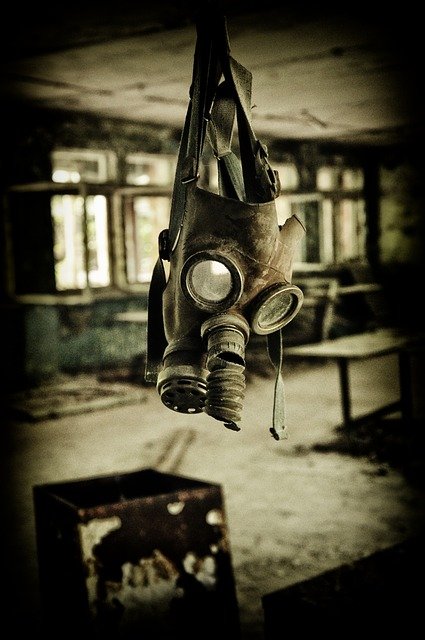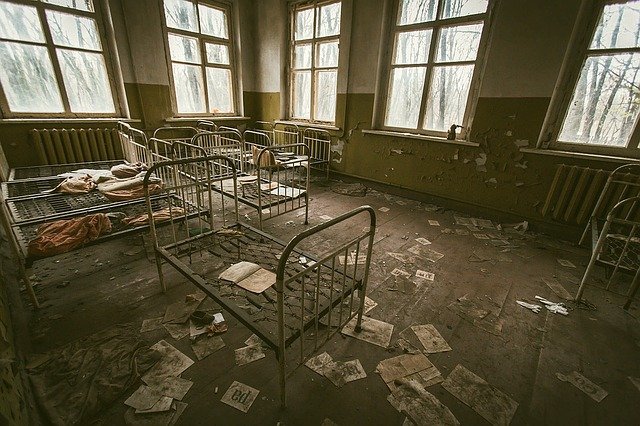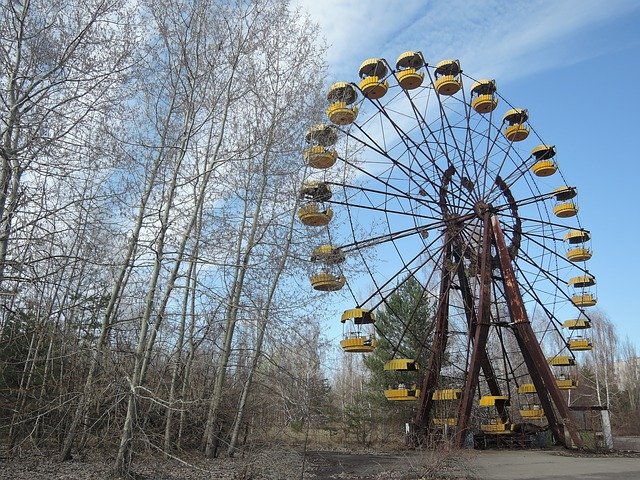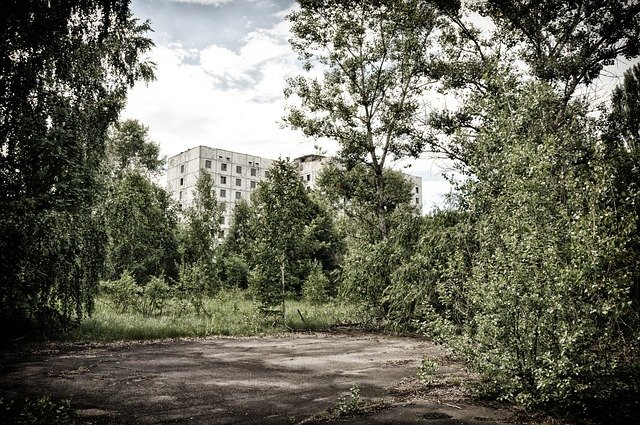
April 26, 1986
Just after 1:00 am, on April 26, 1986, the worst case scenario happened in Pripyat, Ukraine (previously part of the Soviet Union).
A group of engineers, were running a stress test on reactor number 4 (there were 4 in total), at the Chernobyl Nuclear power plant and something went terribly wrong. Although the "exact" cause of one of the worst nuclear disasters that has ever occurred is still up for debate, a few things are agreed upon.
Several mistakes led to the disaster, the engineers were negligent.
The RBMK (Reactor BolshoMoshchnosty Kanalny) reactors were poorly designed.
The reactors were wired wrong, this caused reactor 4 to speed up, when the engineers were trying to slow it down.When the engineers were conducting the test/experiment, they ran the whole plant at extremely low power, this destabilized the reactors.
Safety violations occured, including turning off the automatic shutdown mechanism.
The engineers were not knowledgeable enough or equipped to "trouble shoot" the issue.
The unsuccessful test led to two explosions and a fire that burned for several days. The initial explosion blew the lid off of reactor 4, releasing 50 tons of nuclear material into the atmosphere.
An estimated 32 workers died within the first couple days, and many others suffered chemical burns.
Authorities in the Soviet Union only admitted that an accident had occured after being outted by the Swiss government. Workers at a Swiss nuclear plant observed radiation levels to be 40% higher than normal, which in turn, alerted them of the accident.
The workers/supervisors at the plant had tried to keep the events of that night secret from the public and Soviet authorities. Authorities began limited evacuations a day and a half after the "accident". They would eventually relocate nearly 350,000 people.

Many people left their property behind, being falsely assured that they could return swiftly.

Ferris Wheel near Chernobyl. That was never even used. An amusement park was set to open a month after the disaster, it never did.
Estimates of the deaths that occurred directly or indirectly from the Chernobyl nuclear disaster range from hundreds to millions of deaths. An exact amount of casualties is not, and will never be completely known. The wind carried the nuclear material and dropped it throughout Northern and Eastern Europe. This is part of the reason why it is hard to pinpoint the exact amount of deaths and full environmental impact of the Chernobyl disaster. Instances of cancer, birth defects and radiation sickness were prevalent in the years following Chernobyl.
Despite the disaster, the last reactor in the Chernobyl power plant continued to run until 2000, when they finally shut the power plant completely down.
20,000 years is the minimum estimated wait time before the area around Chernobyl will be safe for humans to return there. Reactor 4 in encased in some sort of cement "container" that is thought to be impermeable for up to 100 years.
Trees, vegetation and large numbers of various species of wildlife are the only inhabitants in Pripyat now. According to one article I read, the trees have stunted growth and the animals have high levels of radiation in their blood.
Chernobyl is being used by tourists for educational purposes on a limited basis (sidenote: this is dangerous in my opinion.).

Although this nuclear disaster occured in my lifetime, I never learned about it. I discovered it's existence a few years ago, while researching Fukushima.
Chernobyl was simply not taught in any of my history classes. There is so much more to learn about the disaster, if you are interested please visit the source links below, thanks for reading.

Sources
http://www.history.com/this-day-in-history/nuclear-disaster-at-chernobyl
https://www.livescience.com/39961-chernobyl.html
http://amp.mcclatchydc.com/news/nation-world/world/article73405857.html
